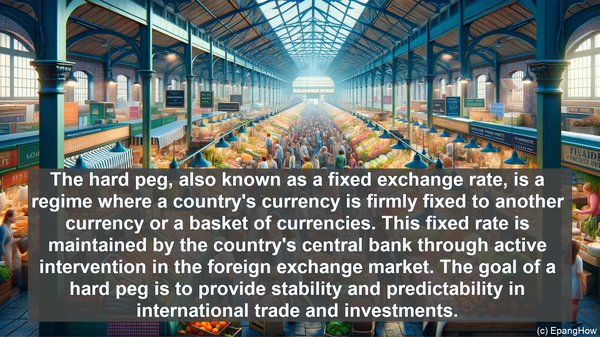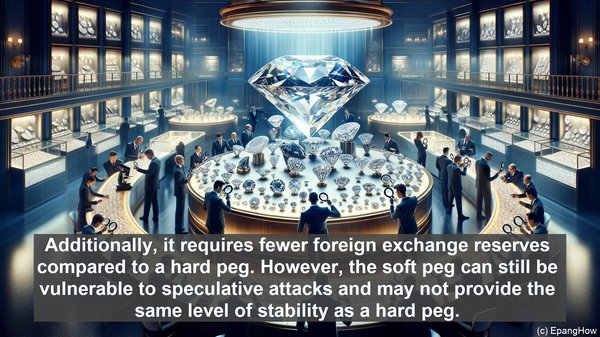Introduction: The Importance of Exchange Rate Regimes
Hello, everyone! Welcome to our article on exchange rate regimes. These regimes play a crucial role in determining the value of a country’s currency and shaping its monetary policy. Today, we’ll be exploring two specific types of exchange rate regimes: the hard peg and soft peg.

The Hard Peg: A Fixed Exchange Rate
The hard peg, also known as a fixed exchange rate, is a regime where a country’s currency is firmly fixed to another currency or a basket of currencies. This fixed rate is maintained by the country’s central bank through active intervention in the foreign exchange market. The goal of a hard peg is to provide stability and predictability in international trade and investments.
Advantages and Challenges of the Hard Peg
One of the key advantages of a hard peg is its ability to eliminate exchange rate volatility, which can be beneficial for countries heavily reliant on international trade. It also helps in curbing inflation by limiting the money supply. However, maintaining a hard peg requires significant foreign exchange reserves, and any imbalance in the currency’s value can lead to economic instability.
The Soft Peg: A Managed Exchange Rate
In contrast to the hard peg, the soft peg, also known as a managed exchange rate, allows for some flexibility in the currency’s value. While the central bank still intervenes in the foreign exchange market, it does so to a lesser extent. The soft peg is often used by countries that want to maintain a stable exchange rate but also have some room for adjustment.

Advantages and Challenges of the Soft Peg
The soft peg provides a balance between stability and flexibility. It allows the currency to adjust to market forces, which can be advantageous for countries with fluctuating economic conditions. Additionally, it requires fewer foreign exchange reserves compared to a hard peg. However, the soft peg can still be vulnerable to speculative attacks and may not provide the same level of stability as a hard peg.
